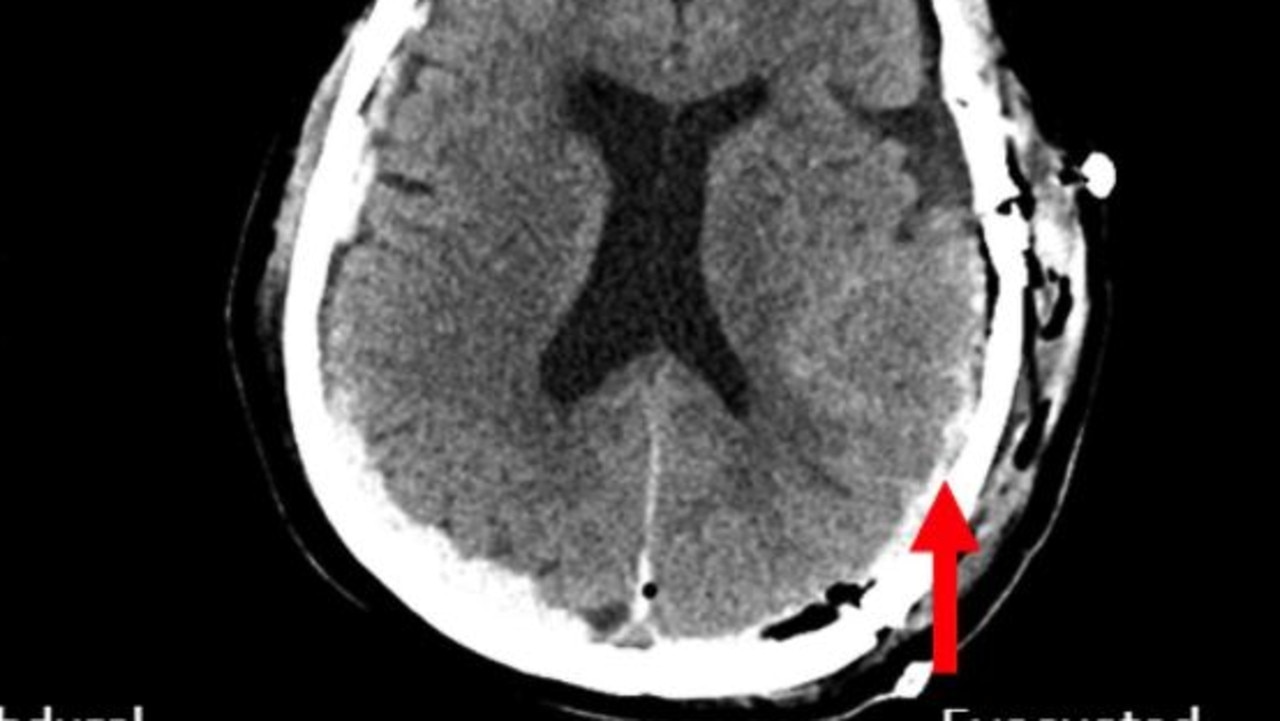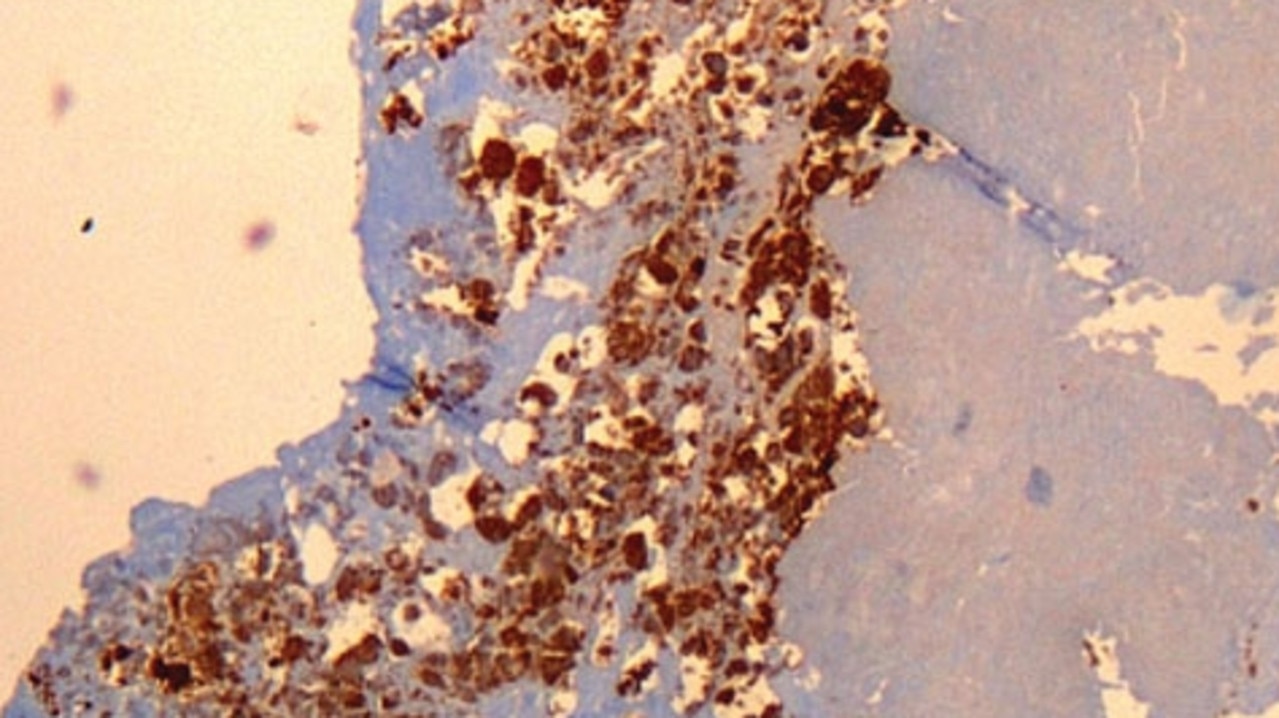Coronavirus: What we know so far
An Aussie team is working on a vaccine for the coronavirus that has killed 17 and infected hundreds. Here’s what we know so far.
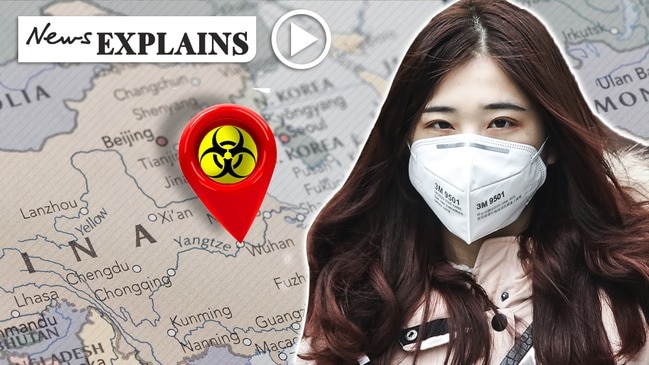
A new SARS-like virus has killed 17 people in China, infected hundreds and reached as far as the United States, with fears mounting about its spread as hundreds of millions travel for Lunar New Year celebrations, which start Friday.
Many countries have stepped up screening of passengers from Wuhan, the Chinese city identified as the epicentre, which is home to 11 million people.
Here’s what we know so far about the virus:
RELATED: ‘End of the world’: Wuhan reacts to virus
IT’S ENTIRELY NEW
The pathogen appears to be a never-before-seen strain of coronavirus – a large family of viruses that can cause diseases ranging from the common cold to Severe Acute Respiratory Syndrome (SARS), which killed 349 people in mainland China and another 299 in Hong Kong between 2002 and 2003.
Arnaud Fontanet, head of the department of epidemiology at the Institut Pasteur in Paris, told AFP the current virus strain was 80 per cent genetically identical to SARS.
China has already shared the genome sequencing of this novel coronavirus with the international scientific community.
It has been named “2019-nCoV”.
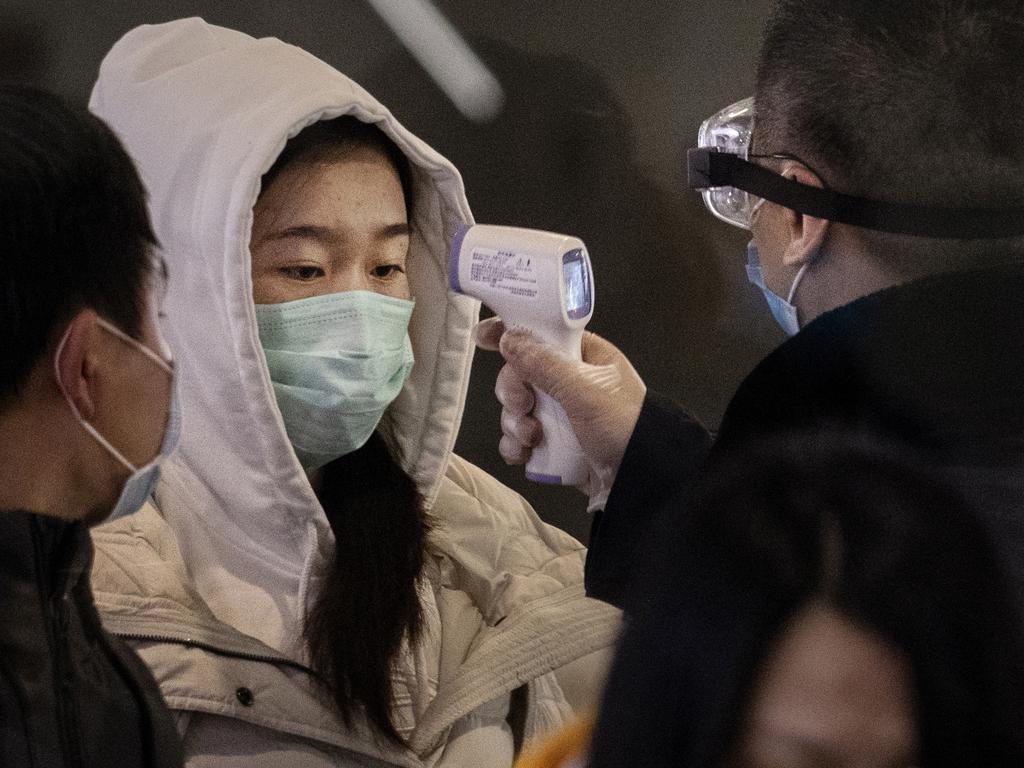

IT’S BEING PASSED BETWEEN HUMANS
The WHO said Monday it believed an animal source was the “primary source” of the outbreak, and Wuhan authorities identified a seafood market as the centre of the epidemic.
But China has since confirmed that there was evidence the virus is now passing from person to person, without any contact with the now-closed market.
More than 500 cases of the virus have now been reported, with most in Wuhan, according to officials. Li Bin of China’s National Health Commission on Wednesday said 1,394 people were still under medical observation.
Nathalie MacDermott of King’s College London said it seems likely that the virus is spread through droplets in the air from sneezing or coughing.
Doctors at the University of Hong Kong published an initial paper on Tuesday modelling the spread of the virus which estimated that there have been about 1,343 cases in Wuhan -- similar to a projection of 1,700 last week by scientists at Imperial College, London.
Both are much higher than official figures.

IT IS MILDER THAN SARS
Compared with SARS, the symptoms appear to be less aggressive, and experts say the death toll is still relatively low.
However Antoine Flahault, director of the Institute of Global Health at the University of Geneva, told AFP that the fact that the virus seems milder in the majority of people is “paradoxically more worrying” as it allows people to travel further before their symptoms are detected.
The outbreak comes as China prepares for the Lunar New Year holiday, with hundreds of millions travelling across the country to see family.
INTERNATIONAL PUBLIC HEALTH EMERGENCY
The WHO on Wednesday postponed its decision on whether to declare a global public health emergency, extending talks by a day.
Cases have so far been confirmed in Thailand, Japan, Taiwan, South Korea, Macau and the United States.
The WHO has only used the rare label a handful of times, including during the H1N1 – or swine flu – pandemic of 2009 and the Ebola epidemic that devastated parts of West Africa from 2014 to 2016.
The Chinese government announced Tuesday it was classifying the outbreak in the same category as SARS, meaning compulsory isolation for those diagnosed with the disease and the potential to implement quarantine measures on travel.
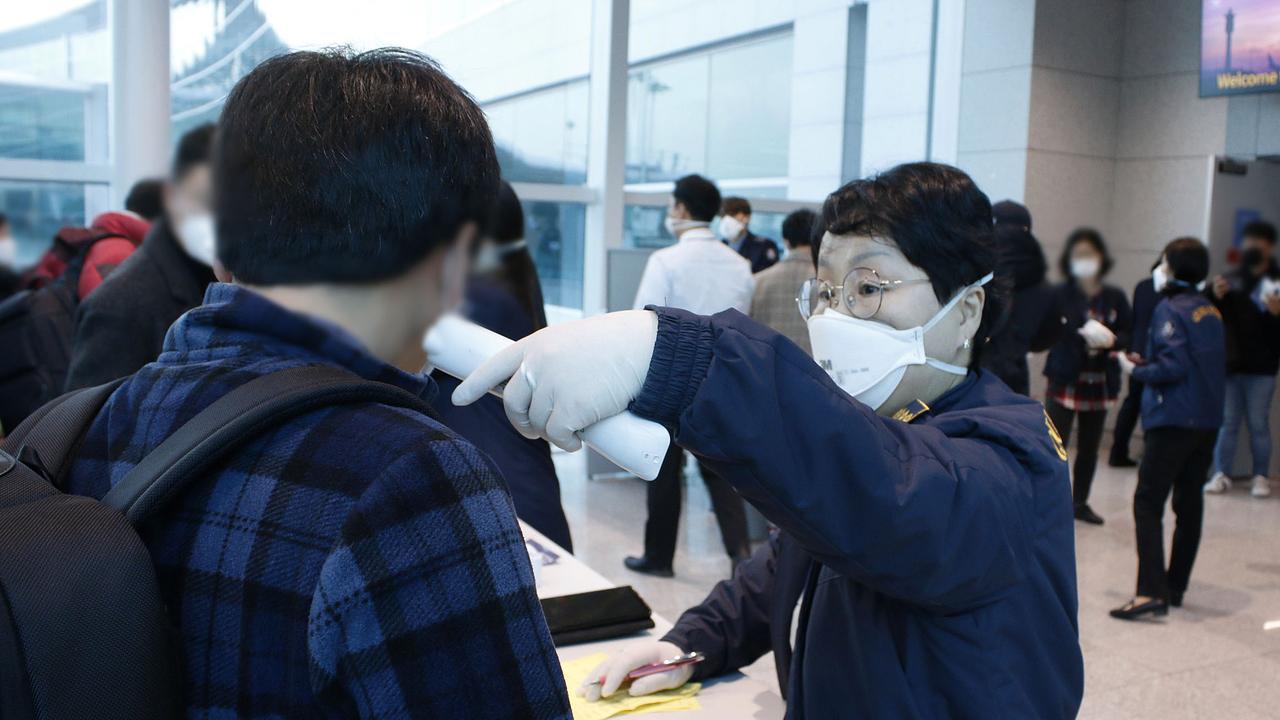
GLOBAL PRECAUTIONS
As the number of confirmed deaths and infections has risen, so has concern worldwide about the disease spreading to other countries.
Authorities halted flights and trains from Thursday at 10:00am out of Wuhan and told residents they should not leave without a special reason.
In Thailand, officials have introduced mandatory thermal scans of passengers arriving at airports in Bangkok, Chiang Mai, Phuket and Krabi from high-risk areas in China.
In Hong Kong, authorities have said they are on high alert, carrying out scans at the city’s airport – one of the world’s busiest – and at other international land and sea crossing points.
The United States had also ordered the screening of passengers arriving on direct or connecting flights from Wuhan, including at airports in New York, San Francisco and Los Angeles.
Taiwan has issued travel advisories, and went to its second-highest alert level for those travelling to or from Wuhan. Vietnam also ordered more border checks on its frontier with China.
In Europe, Britain and Italy introduced enhanced monitoring of flights from Wuhan, while Romania and Russia are also strengthening checks.
THE LATEST IN AUSTRALIA
A flight from the epicentre of the coronavirus outbreak – Wuhan in central China – touched down in Sydney on Thursday. Passengers and crew wore face masks and those who flagged concerns about their health had their temperature taken. NSW Health had doctors and nurses experienced in infection control at the airport working alongside the Australian Border Force. Virology experts were also there.
No ill passengers were found on the flight. However, those exposed to the virus may not display flu-like symptoms for up to a week.
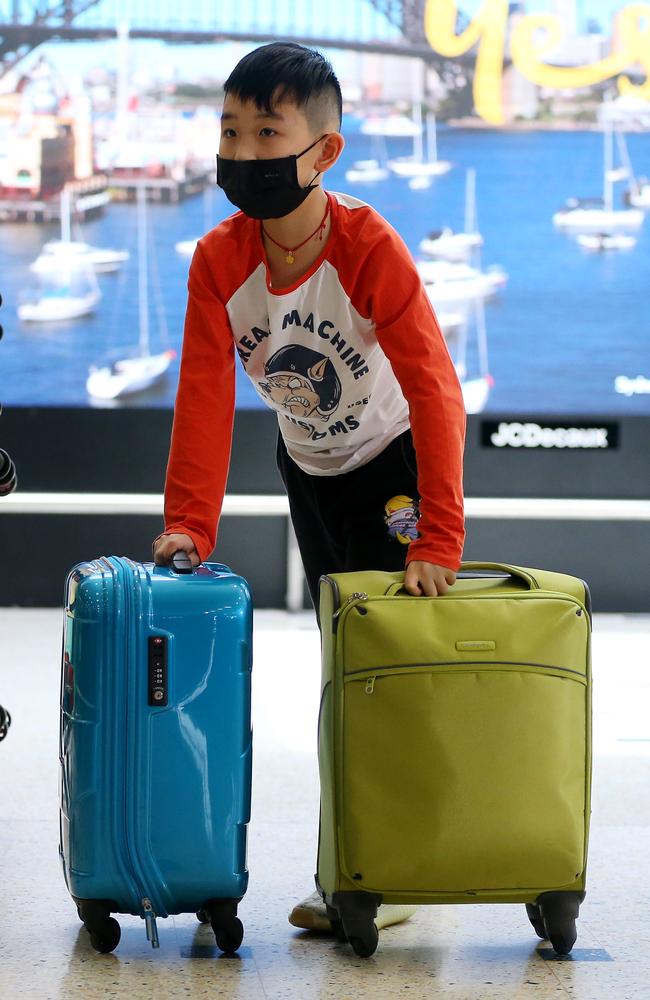
ARE THERE ANY CASES IN AUSTRALIA?
There have been no confirmed coronavirus cases in Australia. A Queensland man on Wednesday was cleared of the disease having fallen ill earlier this month when he returned to Brisbane from Wuhan.
One person in a NSW hospital is being investigated after returning from Wuhan in the past fortnight with flu-like symptoms.
Outbound travel from Wuhan has been banned and Australians have been encouraged to reconsider travelling to the city.
More than 570 cases have been confirmed in China causing 17 deaths. Cases have also been confirmed in Thailand, Taiwan, South Korea, Japan and the United States.
IS THE DISEASE A SERIOUS THREAT?
Health authorities say the risk to the Australian public is relatively low but the World Health Organisation believes the virus is capable of limited human-to- human transfer.
There is no vaccine for the virus at present.
“We probably still don’t have quite enough information on how virulent this virus is, how much contact you would have to have,” Macquarie University health systems professor Janaki Amin told AAP on Thursday.
“We know coronaviruses spread through droplets, sneezing and coughing on each other, and coughing seems to be one of the symptoms of this infection.”
AUTHORITIES WORK ON VACCINE
Three separate research teamsare working on developing potential vaccines against the new coronavirus causing a disease epidemic in China, a global coalition set up to fight diseases says.
The Coalition for Epidemic Preparedness Innovations (CEPI), which is co-funding the emergency projects, said the plan was to have at least one potential vaccine in clinical trials by June.
The research will be conducted by the drug and vaccine developer Moderna working with the US National Institute of Allergy and Infectious Diseases, the US firm Inovio Pharma, and a team at the University of Queensland, Australia.
Each of the three projects will test a distinct scientific approach to developing a preventative vaccine against the China virus, known as nCoV-2019.
“Our aspiration with these technologies is to bring a new pathogen from gene sequence to clinical testing in 16 weeks,” CEPI’s chief executive Richard Hatchett said.
“There are no guarantees of success, but we hope this work could provide a significant and important step forward in developing a vaccine for this disease.”
ARE MASKS EFFECTIVE?
Not for those seeking to protect themselves from coronavirus. “Masks used for the spread of infectious diseases are to stop infected people spreading it to others, not to protect you from infection yourself,” Dr Amin said.
– with AAP

